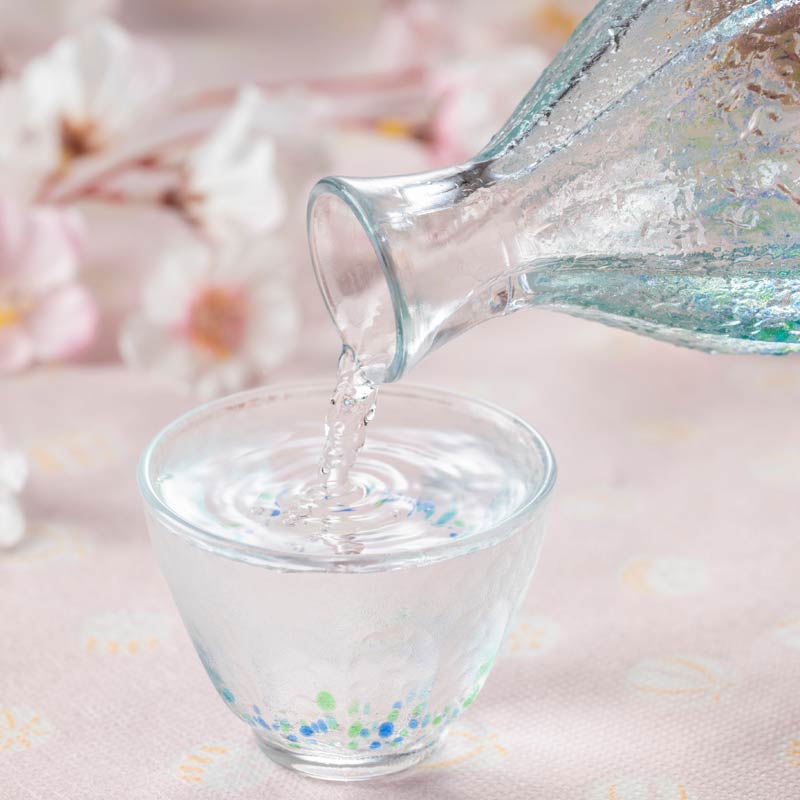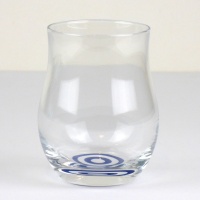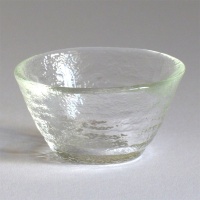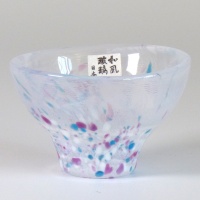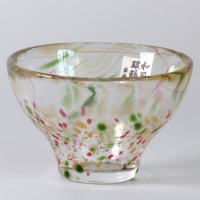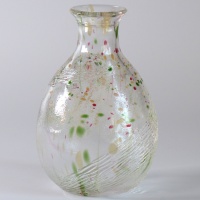Japan, with its rich cultural tapestry, is known for many things and one of the gems in its cultural crown is the national drink: Sake.
As well as being a relaxing drink with a complex flavour profile, this traditional Japanese rice wine has ceremonial and cultural importance as well as playing a strong role in Japanese cuisine.
I hope my article below will tell you a few things about Japanese sake that you didn't already know!
The alchemy of sake-making
Sake is made primarily from rice, water, yeast and koji mould, the agent used in many Asian fermented foods. The quality of these ingredients, as well as the brewing process, greatly influences the final product. The type of rice used, the water source and the skill of the toji (master brewer) all contribute to the sake's character. The water source in particular is of great importance as a premium brew requires clean, clear, fresh spring water.
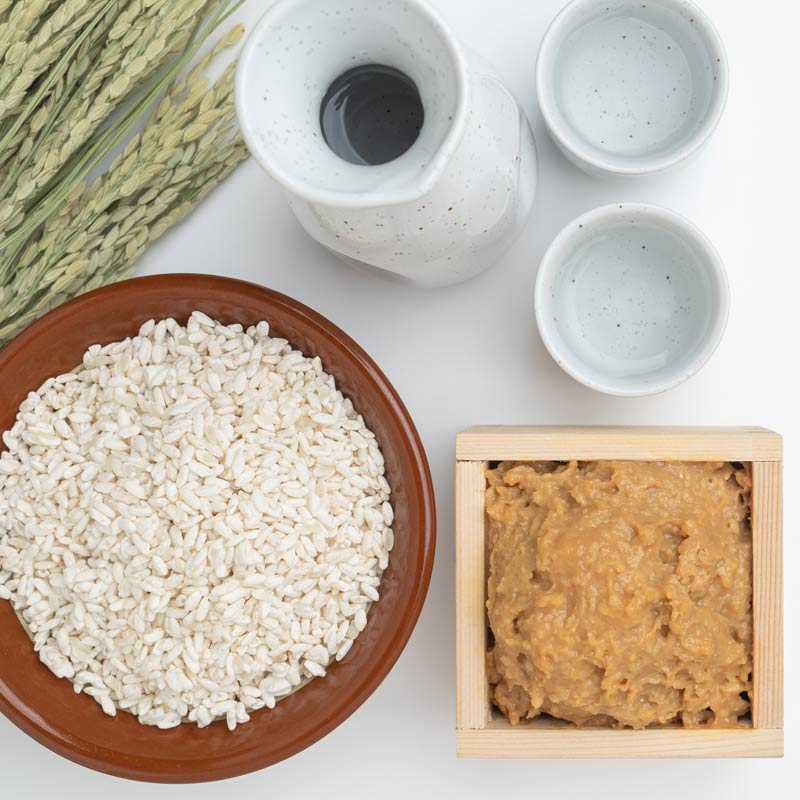
The brewing process is a meticulous undertaking involving steaming, fermenting, pressing and aging the rice and other ingredients. Koji mould is a crucial ingredient as it breaks down the starches in the rice into fermentable sugars allowing the brewing process to take place.
Full fermentation can take around six weeks before the sake is ready to drink and throughout, the temperature and timing are closely monitored to achieve the desired flavour profile.
Sake production regions: Where tradition meets terroir
Just as wine has its 'terroir', the unique set of environmental factors including soil, climate and topography, so sake has its own regional nuances.
Some of the most famous sake-producing regions in Japan include Niigata, known for its clean and crisp sakes; Kyoto, which often produces rich and full-bodied varieties; and Hiroshima, celebrated for its smooth and well-balanced offerings.
Each region's climate, water source and rice varieties contribute to the unique characteristics of their own local brewed sake and there is a deep connection between the local environment and the craft of sake-making that has risen up.
A palette of flavours
Sake comes in various types each offering a unique taste experience.
The main categories include Junmai, Honjozo, Ginjo and Daiginjo. Junmai is a pure rice sake with no added alcohol while Honjozo has a small amount of distilled alcohol added. Ginjo and Daiginjo are both premium sakes with a focus on polishing the rice to a high degree resulting in a refined and delicate taste.
These different types cater to a range of preferences from those who appreciate a robust, earthy flavour to those who savour the delicate and floral notes of a well-crafted Ginjo.
Popular food pairings
Sake is a versatile beverage that can be enjoyed with a variety of food pairings and the drinking culture in Japan has evolved to incorporate both traditional and modern practices.
Here are some common food pairings that are delicious with Japanese sake:
Sushi and sashimi: Perhaps the most classic pairing, the clean and umami-rich flavours of the sake complement the delicate taste of sushi and sashimi.
Tempura: The light and crispy nature of tempura dishes pairs well with a fuller-bodied sake, creating a harmonious balance of flavours.
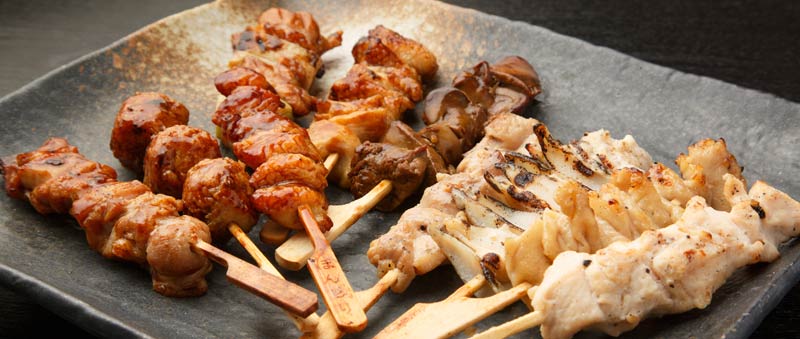
Grilled meats and yakitori: The savoury and sometimes smoky notes of grilled meats, especially yakitori (skewers of grilled chicken), are enhanced by the subtle complexities of sake.
Cheese and nuts: Sake can also pair surprisingly well with a variety of cheeses and nuts offering a unique tasting experience.
Japanese hot pot (nabe): The warmth of sake can complement the communal and hearty nature of Japanese hot pot dishes, enhancing the overall dining experience.
Drinking habits
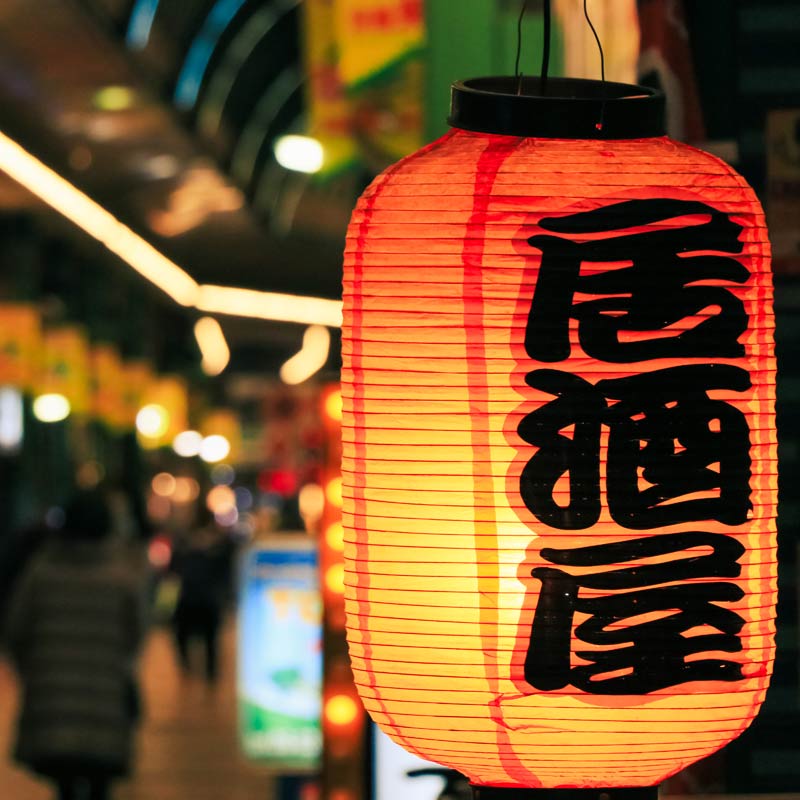
It's easy to see how sake can be enjoyed in a variety of settings and can be drunk with a wide range of cuisines, both traditional and international. The evolving drinking culture in Japan reflects a blend of traditional practices and modern innovations.
Izakaya culture
Many Japanese people enjoy sake in izakayas, the casual pubs that also serve a variety of small meals and dishes. Sake is often shared among friends and the communal atmosphere enhances the social aspect of drinking.
Chilled or warm sake
The temperature at which sake is served can greatly affect its taste. While premium sakes like Ginjo and Daiginjo are often enjoyed chilled to highlight their delicate flavours, some people prefer warming up lower-grade sakes, creating a comforting and cozy experience.
Sake cocktails
With the rise of mixology there's a growing trend of incorporating sake into cocktails. Sake-based cocktails, such as sake martinis or sake mojitos, provide a modern twist to traditional drinking.
Tasting flights
Similar to wine tastings, some establishments offer sake tasting flights allowing enthusiasts to sample different types and styles to appreciate the nuances of the beverage.
Amazake: A festival favourite
Aside from normal sake, which can be quite strong in alcohol content, 'amazake' is a traditional Japanese non-alcoholic beverage made by fermenting rice with koji, similar to the way sake is made. It's often enjoyed warm and has a thick, creamy consistency, a mild natural sweetness and is sometimes served as a dessert drink.
Amazake is often served at outdoor events and festivals, especially those held in the colder months, as the warmth of the drink can be comforting and, to many Japanese, it holds a cosy nostalgic feeling.
There are different styles and variations of amazake for example it may include additional ingredients like ginger for added flavour. And its popularity extends beyond outdoor events to any occassion where a sweet and warming drink is appreciated. Do try it if you get the chance as it can be a delightful and unique experience!
Cooking with Japanese sake
Sake plays a significant role in Japanese cuisine adding depth, complexity and a unique flavour profile to various dishes. Even if you never drink sake from a glass, you may well find keeping a bottle in the fridge very useful! Here's how you might use it in your own cooking:
Umami enhancement: Sake is rich in umami, the savoury and complex fifth taste. When used in cooking, it can enhance the overall umami profile of a dish, contributing to a more robust and well-balanced flavour. It's a common ingredient in sauces, adding depth and complexity to the overall taste.
Tenderizing meat: Sake has the ability to tenderize meat. When used in marinades or added to simmering dishes, it helps break down proteins resulting in more tender and flavourful meat.
Aromatics and fragrance: Sake imparts a subtle aromatic quality to dishes. As it evaporates during cooking, it releases delicate fragrances that can enhance the overall aroma of the food.
Balancing flavours: Sake can help balance the flavours in a dish. Its mild sweetness and acidity can counteract the saltiness of soy sauce or the richness of fatty ingredients creating a harmonious taste.
Steaming and poaching: Sake is frequently used in steaming and poaching liquids. This cooking method imparts a subtle sake flavour to the ingredients while keeping them moist and flavourful.
Rice dishes: Sake is a natural companion to rice dishes. When used in rice cooking or added to rice-based dishes, it can enhance the natural sweetness of the rice and contribute a nuanced taste.
Marinades and pickling: Sake is a popular ingredient in marinades and pickling solutions. It helps preserve the ingredients and adds to the flavour, infusing them with a unique taste.
It's important to note that the quality and type of sake used in cooking can influence the final flavour of the dish. While lower-grade sakes are often used for cooking due to their affordability, some recipes may benefit from the complexity of a higher-grade sake.
Whether you're preparing traditional Japanese dishes or experimenting with your own creations, incorporating sake into your cooking adds a layer of sophistication and depth to the flavours that you'll really notice.
In conclusion, we can see that Japanese sake is not just a drink; it's a celebration of craftsmanship, tradition and the natural bounty of the land. Whether you're a sake connoisseur or a curious newcomer, exploring the diverse world of sake is a journey worth taking. There really is artistry in every sip!


